
The Wire
Photo Essays
5 MIN READ

A photo story on the history of women's rights activism
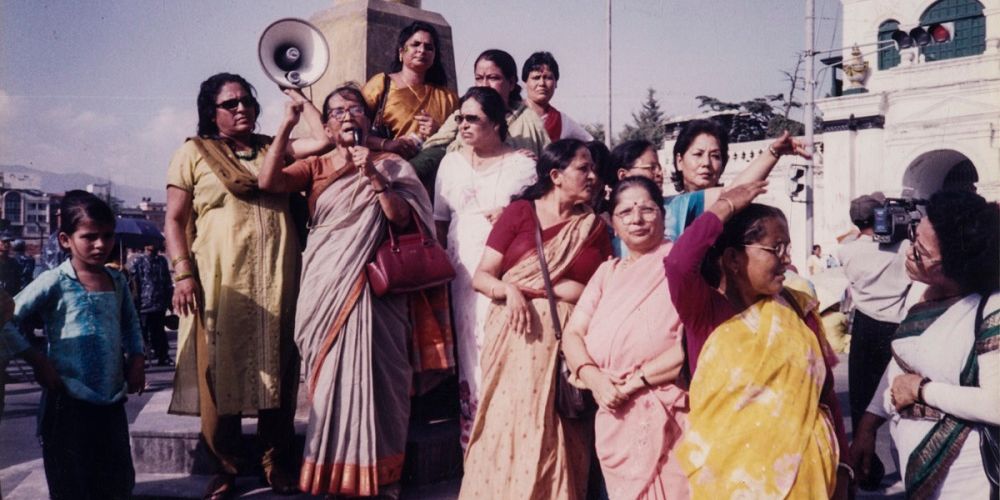
With the move towards grassroots organization and especially with the proliferation of civil society activities in the 1990s, the women’s movement in Nepal has grown leaps and bounds. The rise of women-led non-governmental organizations and advocacy forums raising issues of gender and women’s rights has critically transformed women’s lives across the country. Women’s groups have been been the main vehicle for issues of property rights, sexual violence, trafficking, economic empowerment, reproductive health, governance, representation, and political participation to gain ground. What we present here is merely a fraction of the immense archive of NGO and other civil society activities on gender issues.
Kavrepalanchowk | 1983
As one of the first officers of Women Development Division, Shanta Laxmi Shrestha meets local women of Kavre for the Production Credit for Rural Women Program. This program provided women access to credit with the vision that women’s economic empowerment will boost rural development.
Shanta Laxmi Shrestha Collection/Nepal Picture Library
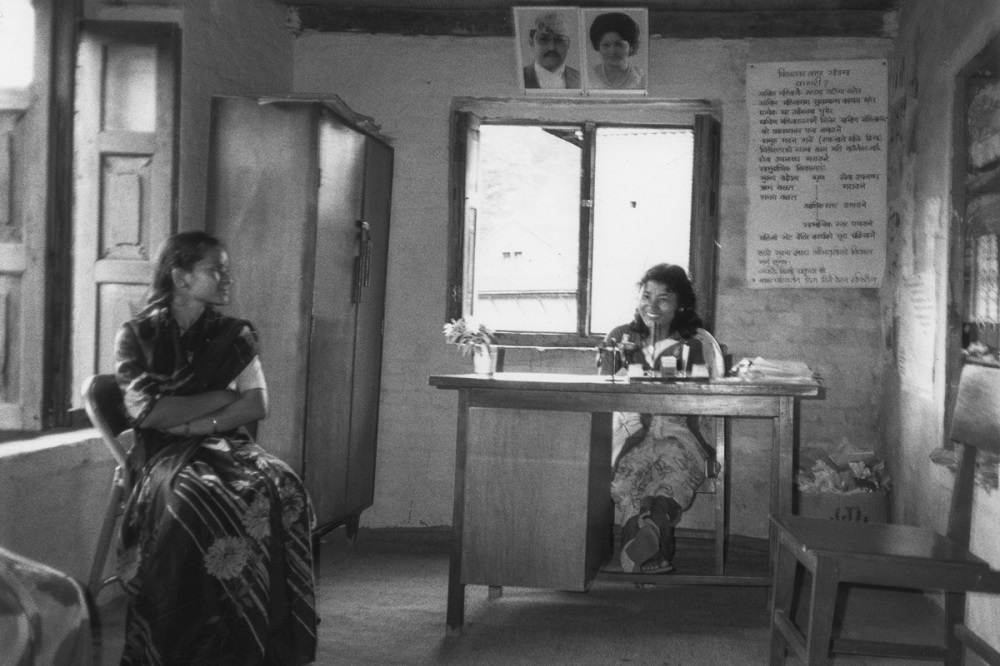
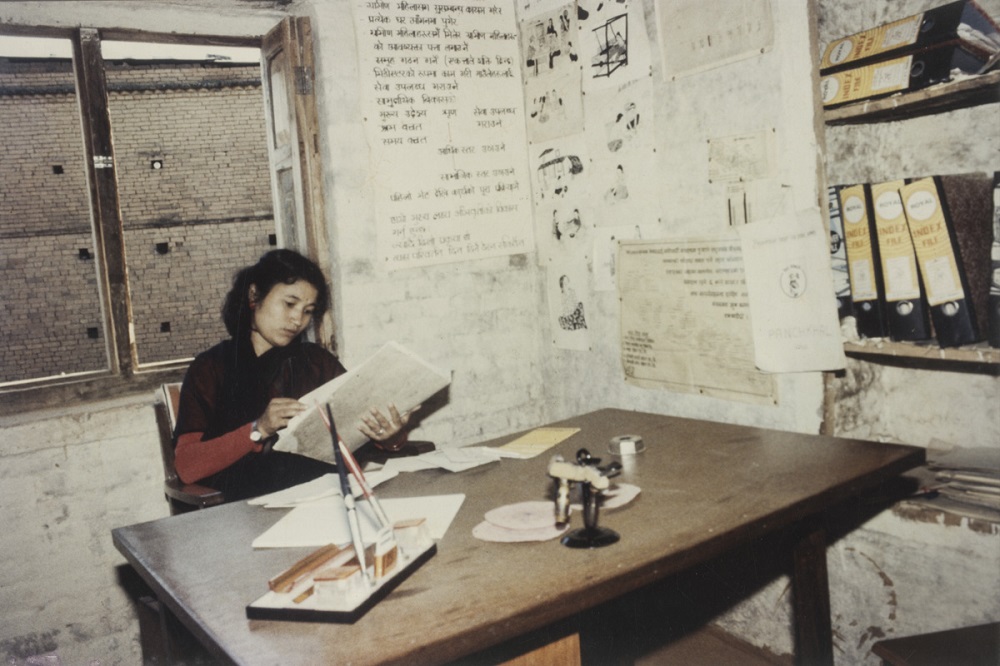
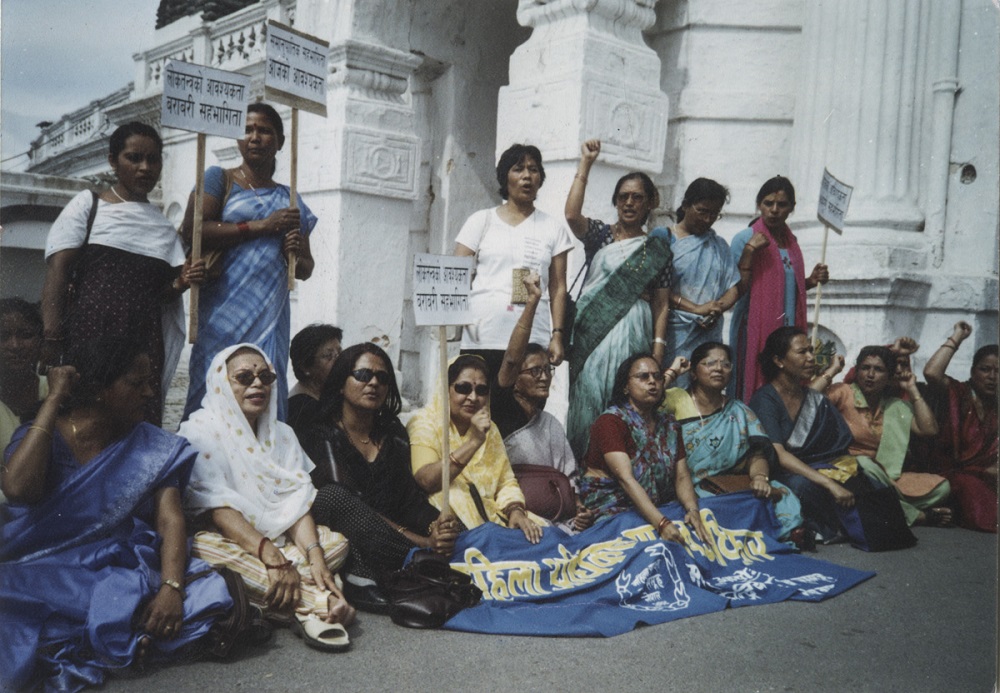
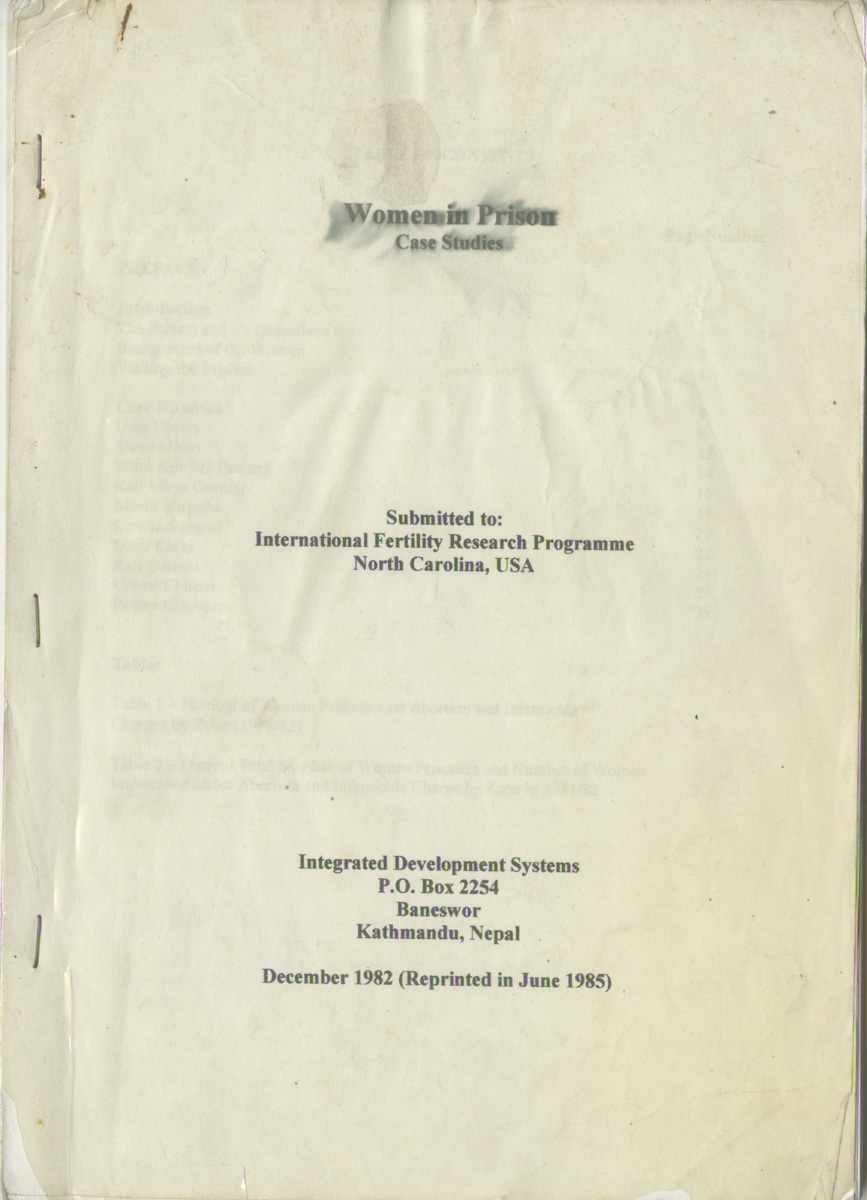

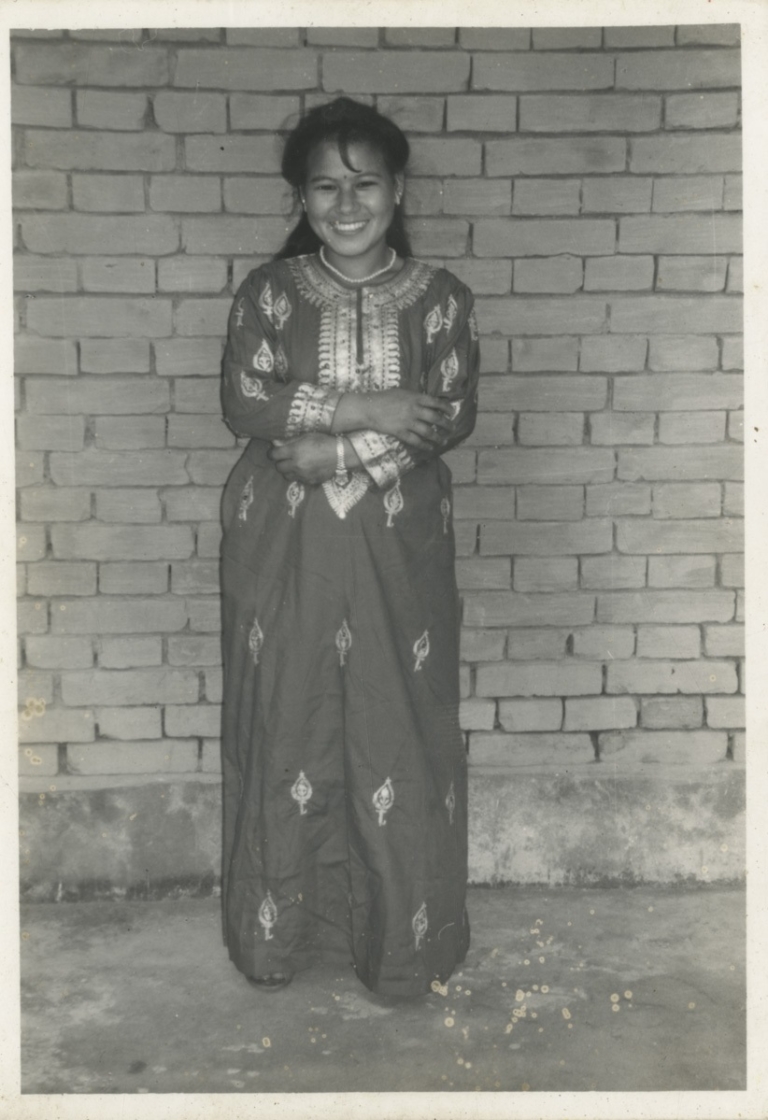
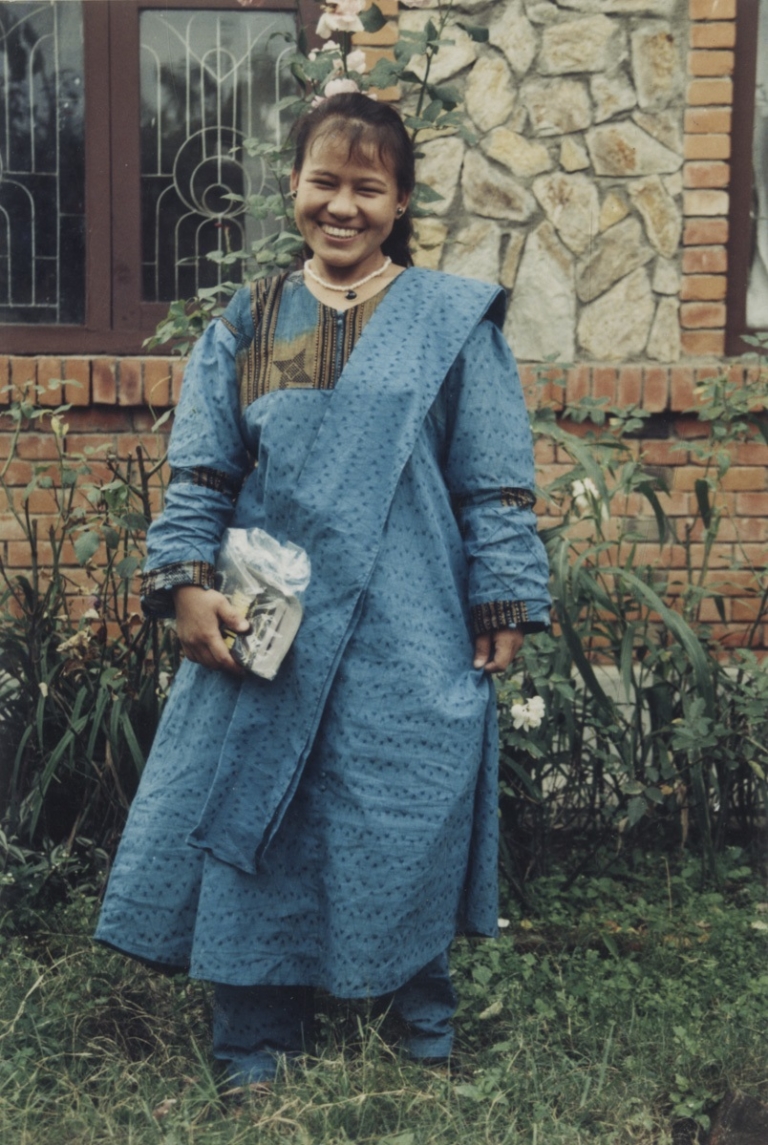
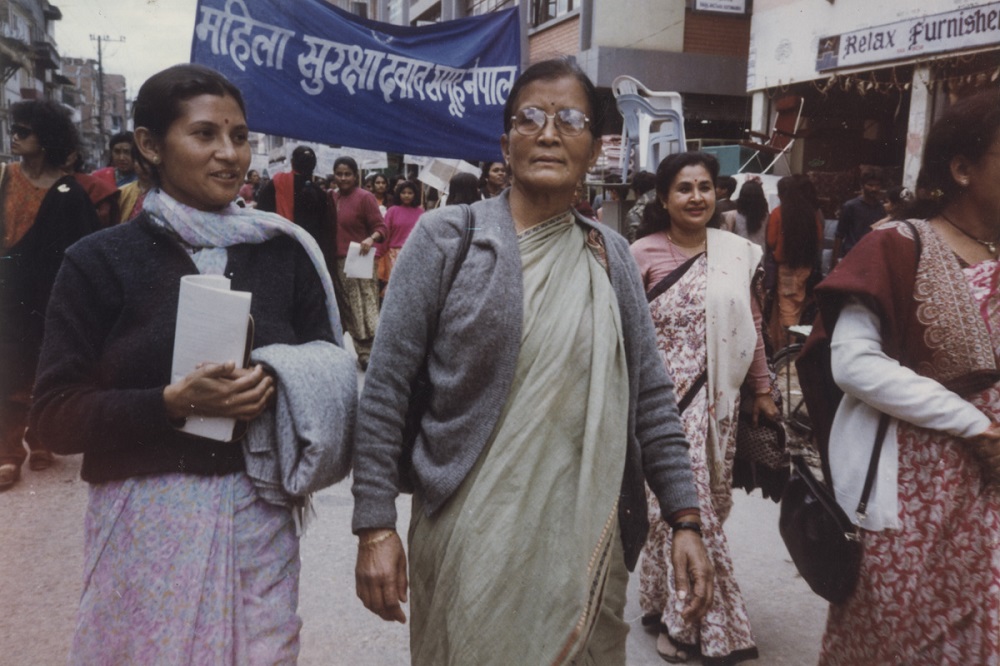
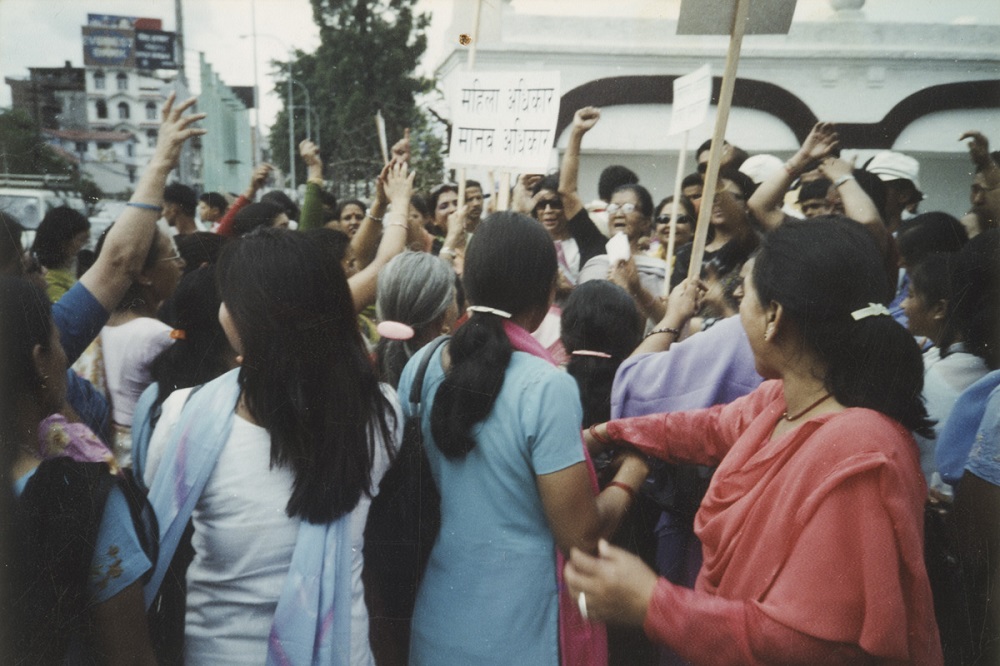
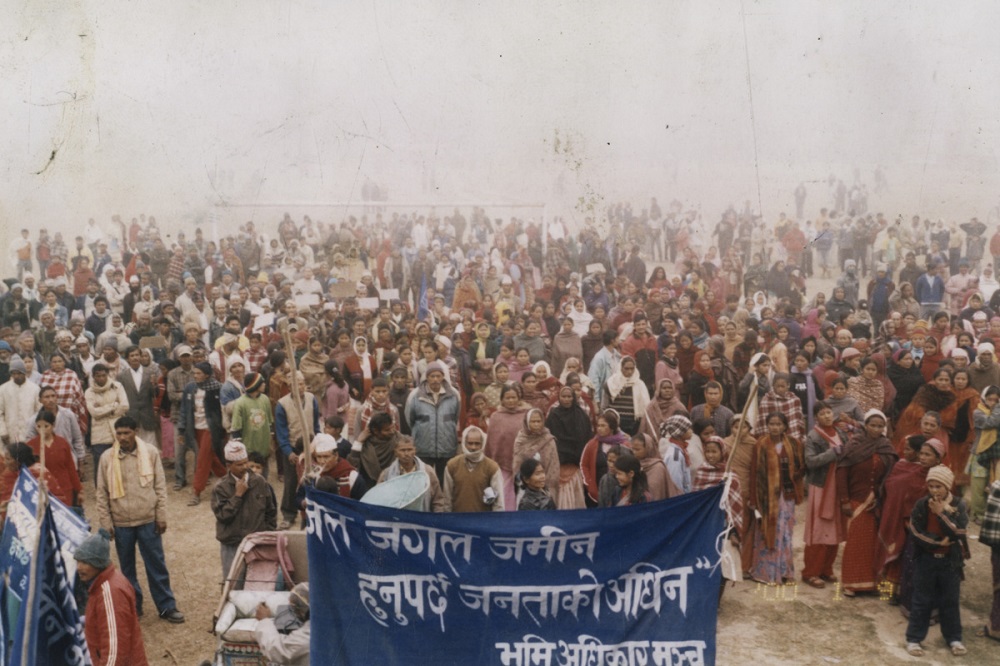
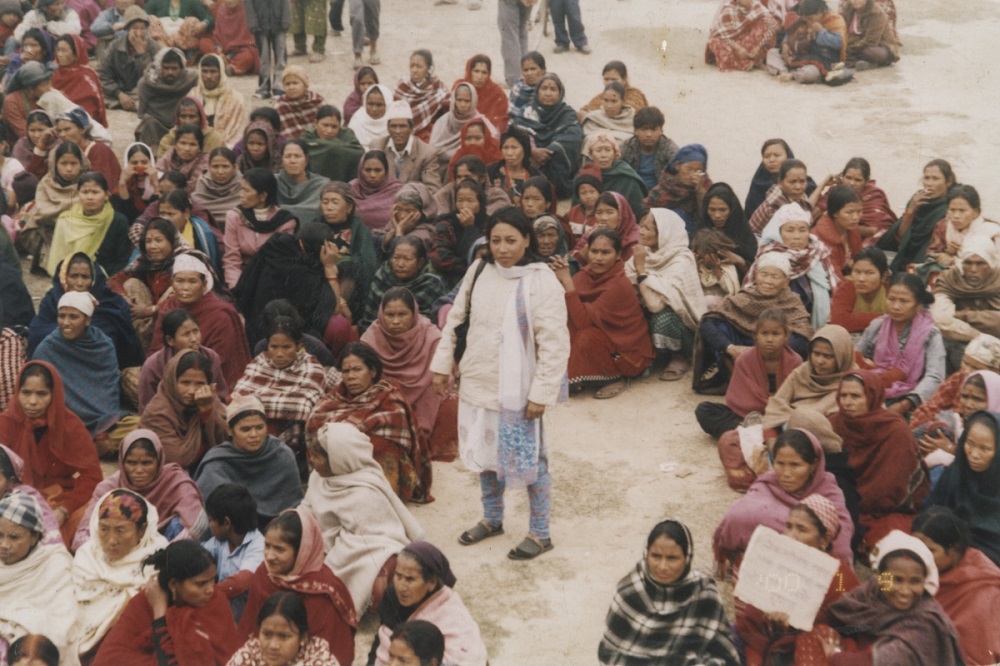
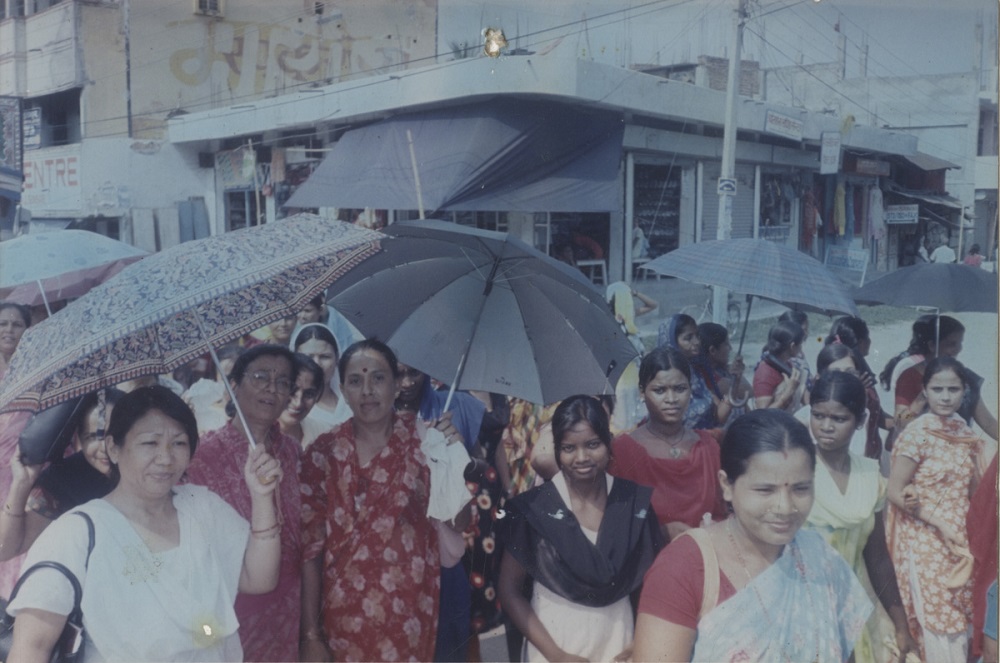
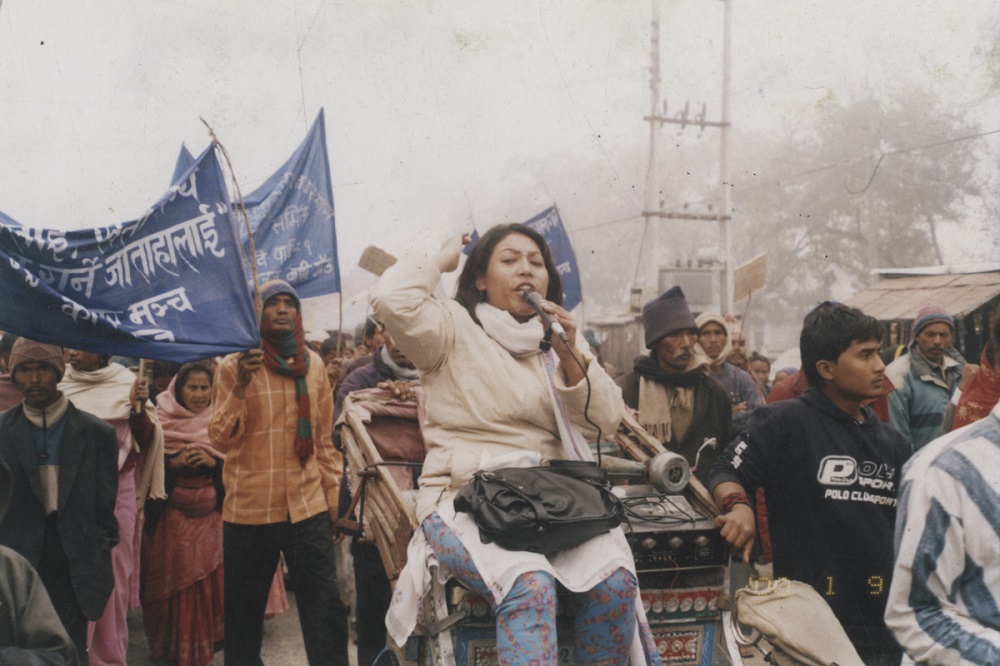


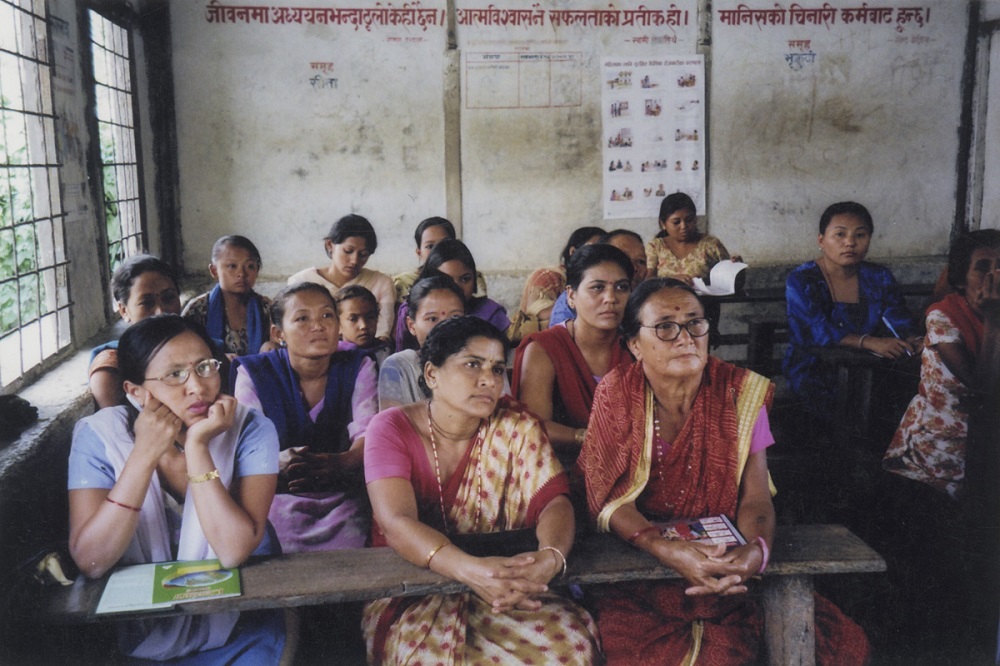
[Feature Image: Women’s Security Pressure Group Collection/Nepal Picture Library]
These images are part of the ongoing Feminist Memory Project, which were under exhibition during Photo Kathmandu.
:::
We welcome your comments. Please write to us at letters@recordnepal.com.
Nepal Picture Library Nepal Picture Library is a digital photo archive run by photo.circle that strives to create a broad and inclusive visual archive of Nepali social and cultural history, and has collected over 70,000 photos from various sources across Nepal.


Popular
Perspectives
11 min read
Despite the several women-friendly provisions in the law and the token representatives in government, women are still the second sex in Nepal
COVID19
News
5 min read
A daily summary of Covid19 related developments that matter
Perspectives
7 min read
In a very short time, Clubhouse has become a popular app to hold discussions on a variety of topics but it is also rife with sexism.
COVID19
News
3 min read
A daily summary of Covid19-related developments that matter
Opinions
5 min read
The privileged must do more to facilitate and encourage discussions around the abuse and othering of the marginalized and systemically oppressed
Explainers
Perspectives
5 min read
Public quarantine facilities are becoming time-bombs; it’s time to rely on home quarantine
Features
9 min read
Nepali women are increasingly turning to podcasts to carve out a space to look at socio-political issues through an intersectional feminist lens.
Film
Features
7 min read
At Film South Asia, four Nepali women filmmakers explore how the private and the personal relate to the public and the collective.